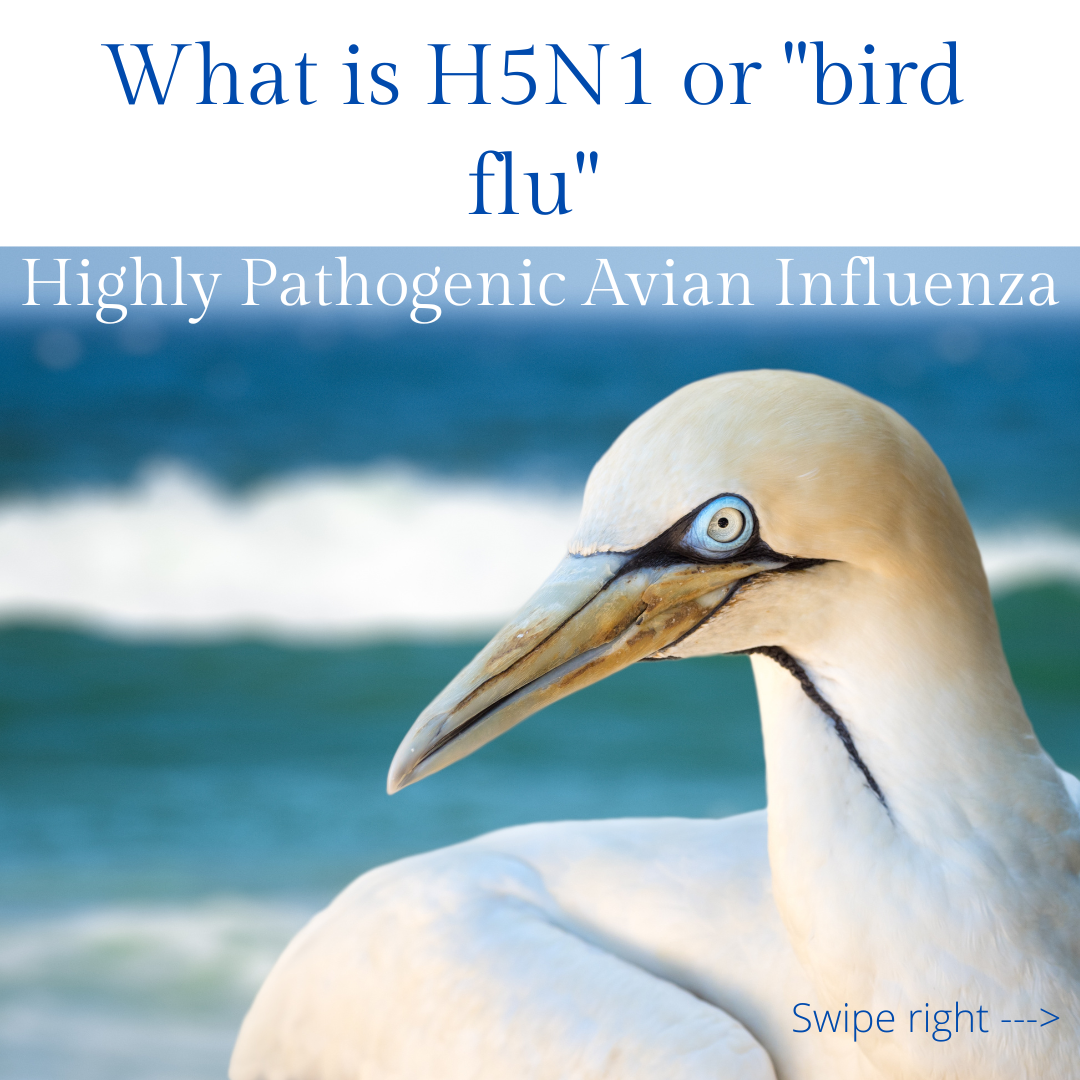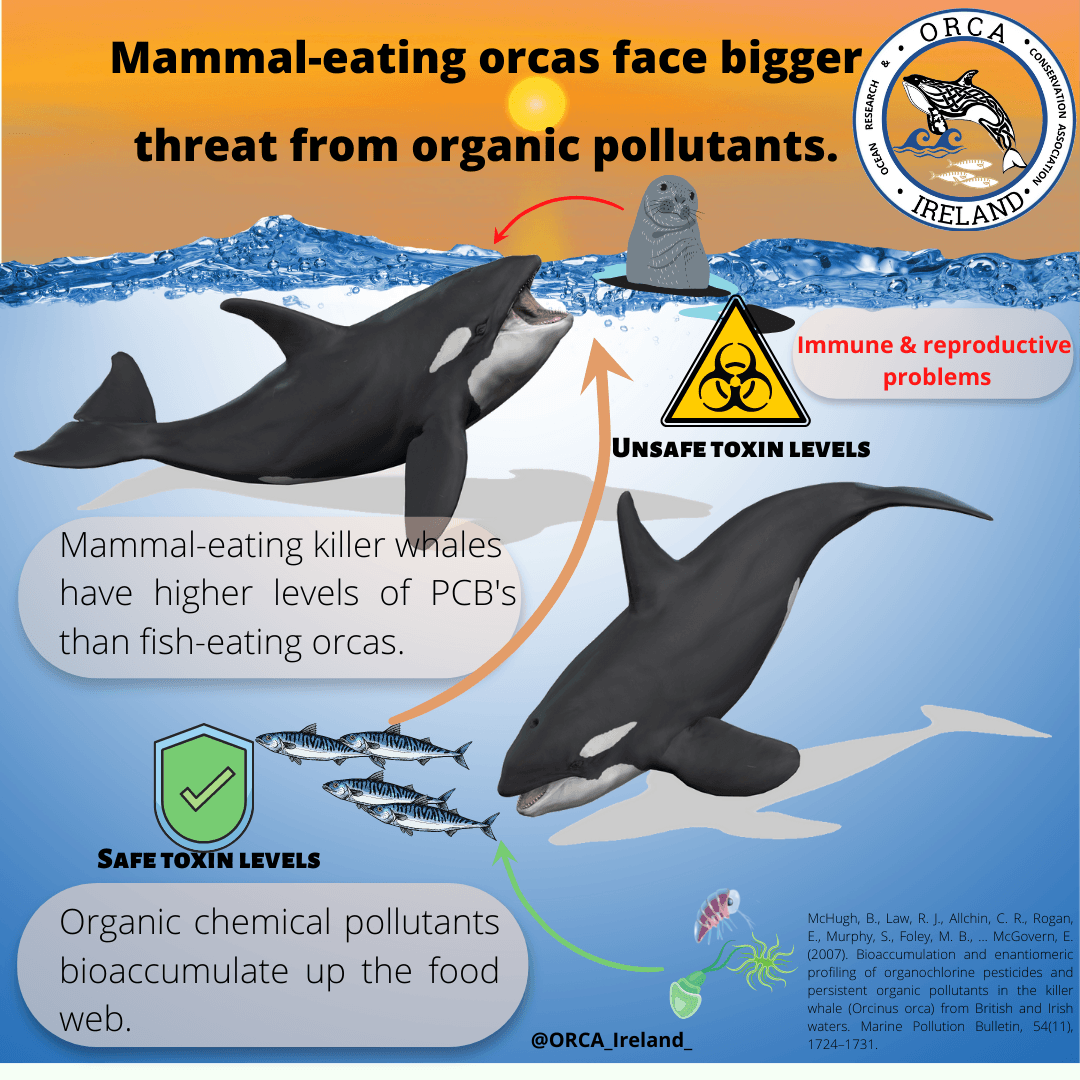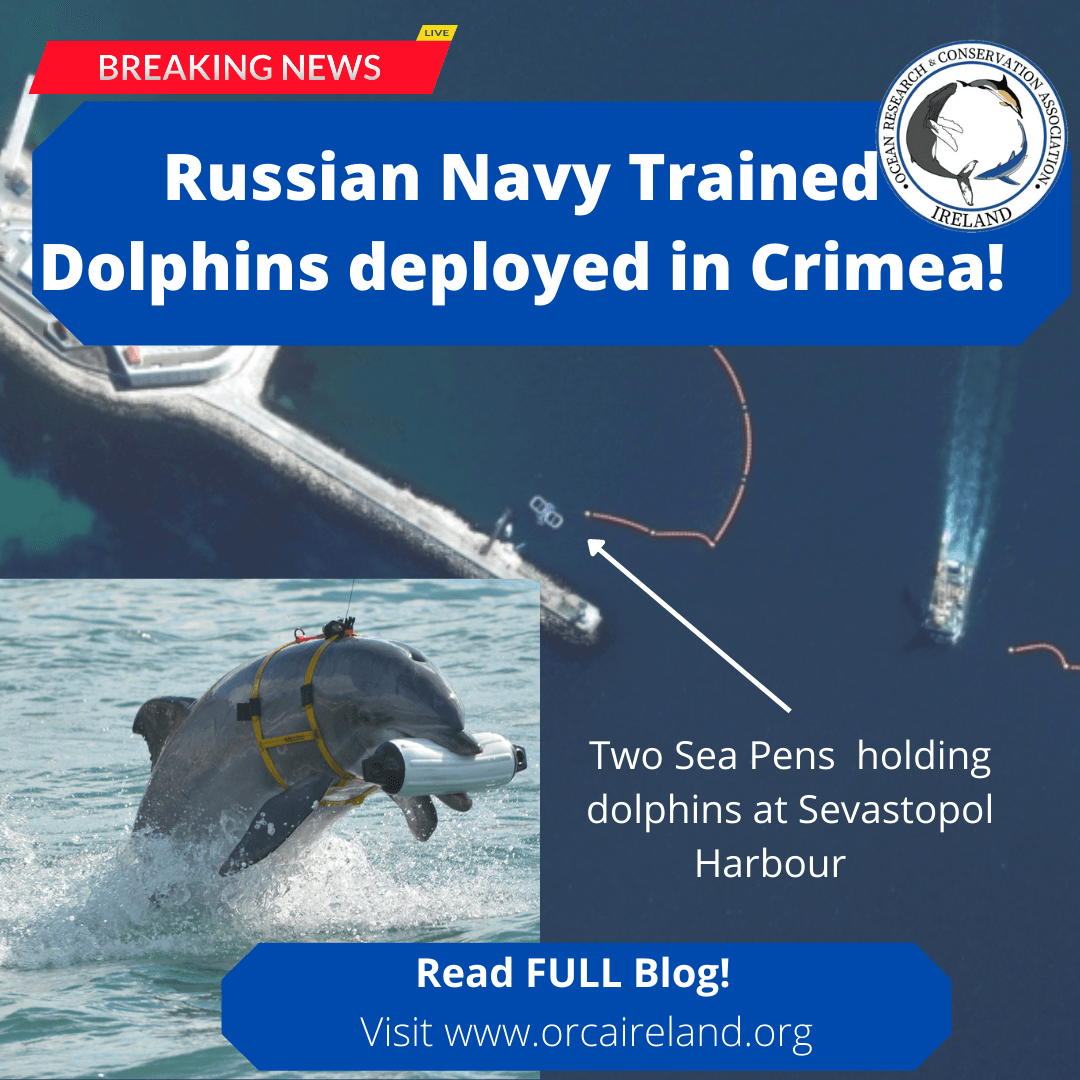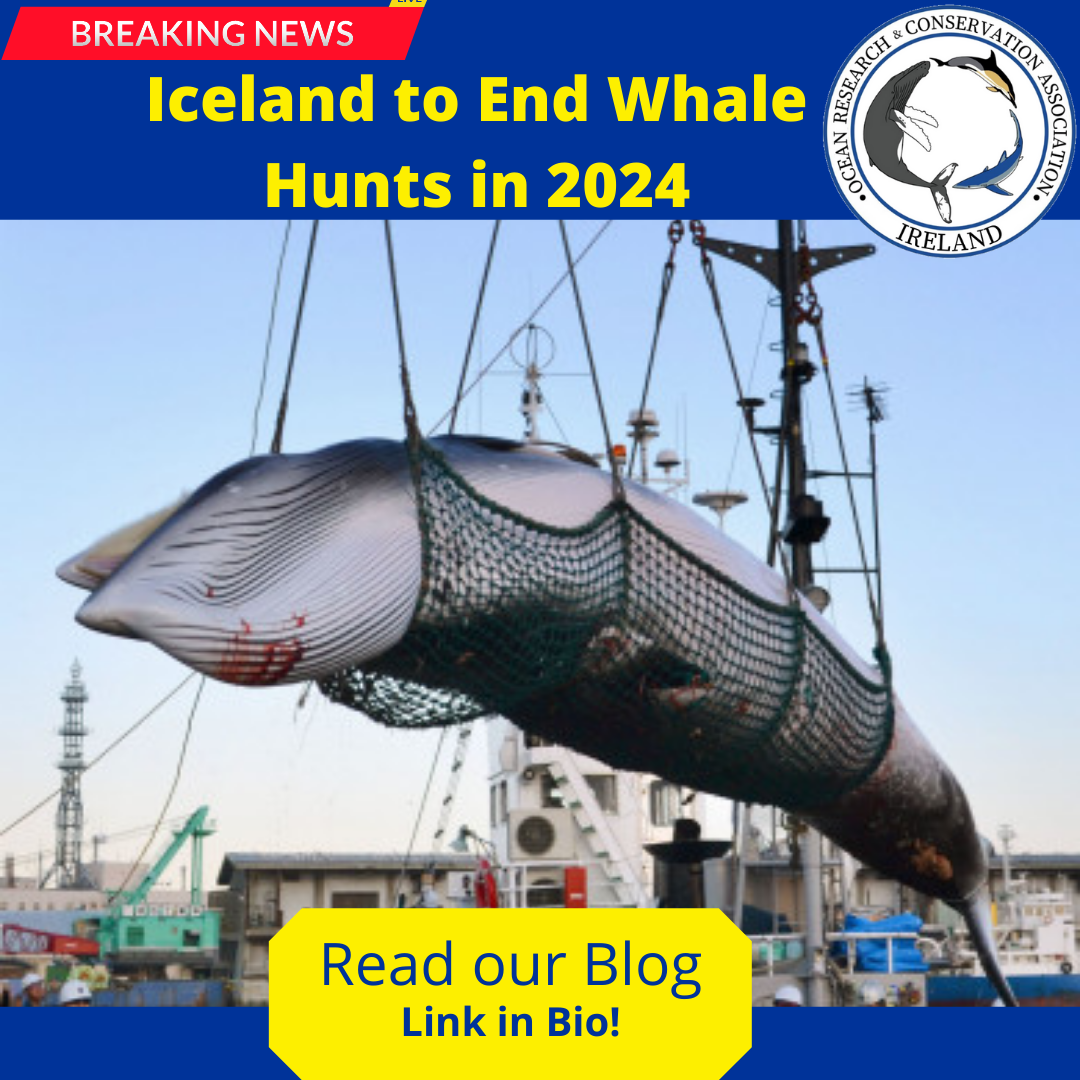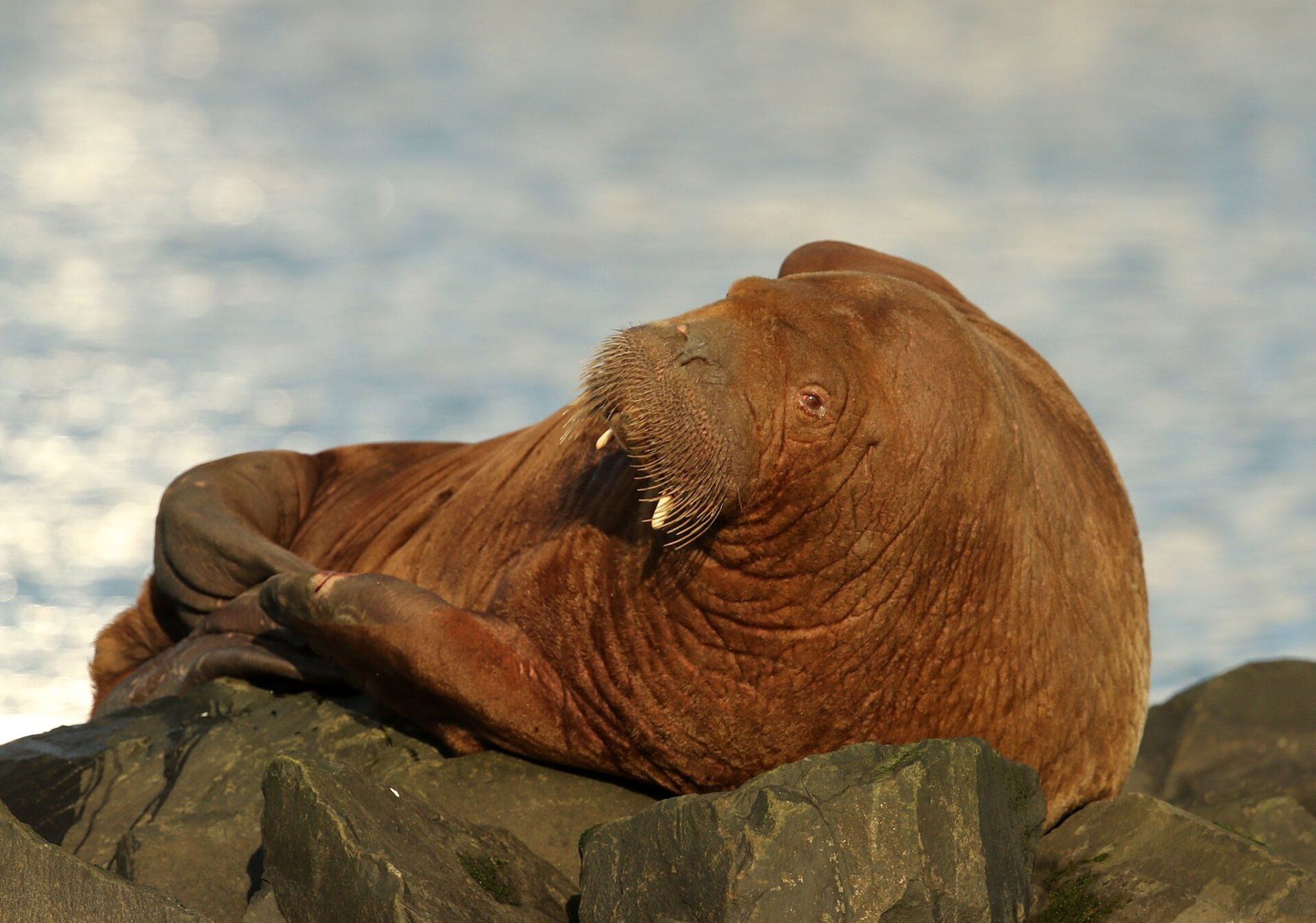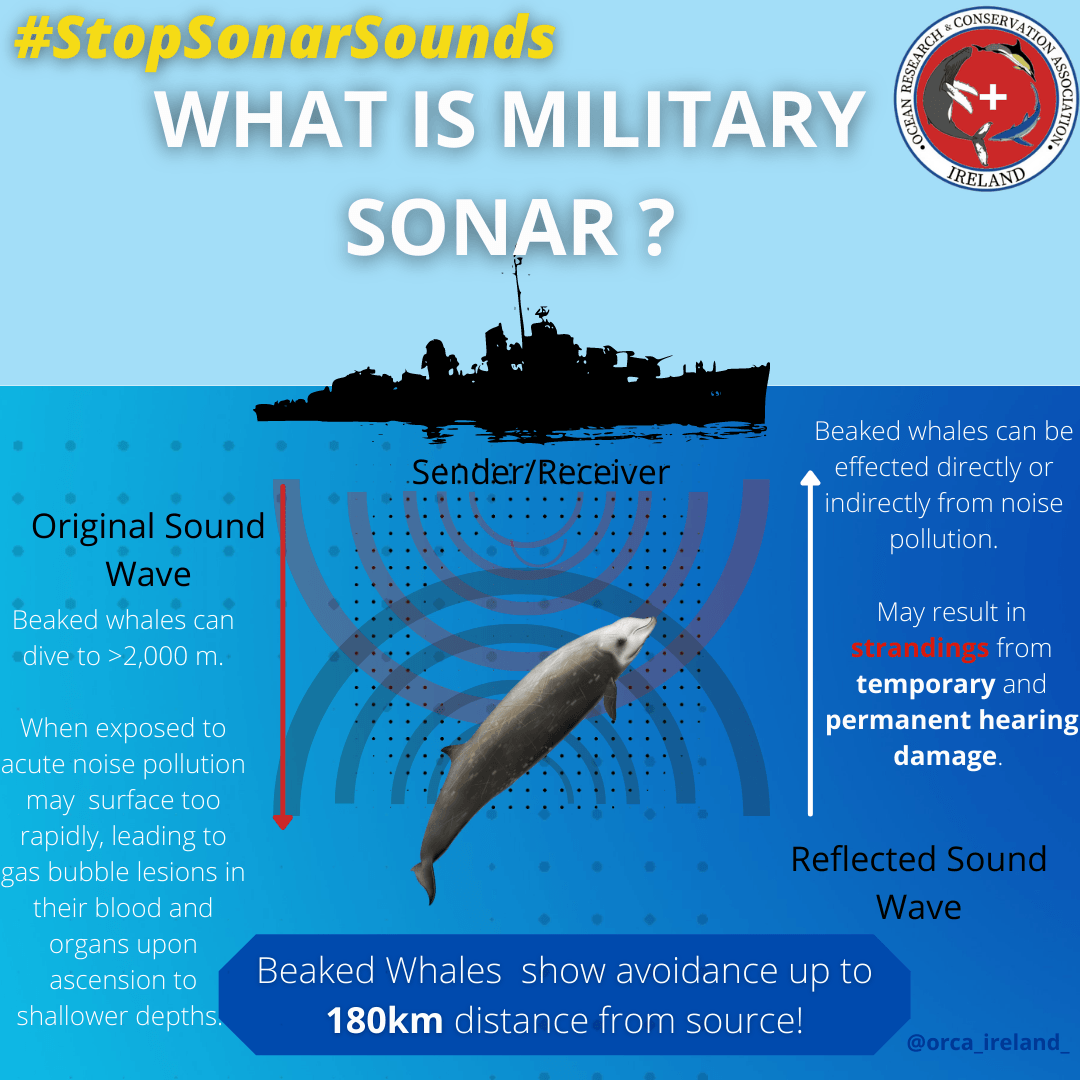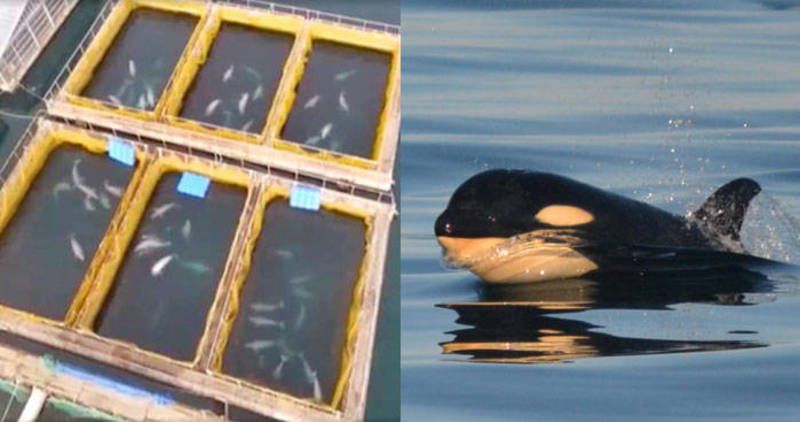A solitary common dolphin can speak porpoise language!
A solitary common dolphin can speak porpoise language!
ORCA SciComm Team | 1st of March 2022
A new paper published in “Bioacoustics - The International Journal of animal sound and its Recording” has detailed how a solitary common dolphin in Scotland has learned to speak porpoise language!

Cetaceans are highly mobile marine mammal species whose behavior is often difficult to study. Bioacoustics research provides a unique opportunity for scientists to study animals with unpredictable behavior and movements, which are often difficult to examine. In particular, intraspecific interactions often depend on being at the right place at the right time.
In the Firth of Clyde, “Kylie” - a solitary common dolphin (Delphinus
delphis) spends most of her time around navigational buoys, where she has been seen interacting with harbour porpoise (Phocoena
phocoena). Kylie has not been observed with other common dolphins, despite there being an abundance of common dolphins in Scottish waters as they do not often enter the Firth of Clyde.
In 2016 and 2017, researchers opportunistically recorded interactions of Kylie with harbour porpoise. Harbour porpoises produce one type of sound which is characterized by high-frequency stereotyped calls, in comparison to common dolphins which have a diverse vocal repertoire including producing whistles, echolocation and burst pulse sounds.
Harbour porpoise clicks are polycycllic, meaning the waveform which can be visualized by bio-acousticians using specialist software have 8 to 15 peaks, with a duration of 50 to 175 μs. Harbour porpoise clicks are narrow-band calls with energy concentrated between 100 - 150 kHz and vary depending on the reason for communication. Harbour porpoises vary the pattern in the production rate of clicks during differing behavioral states i.e. - navigation (low production rate of <100 clicks per secons) and prey capture (over 100 clicks and up to 1000 clicks per second), known as a buzz.
Common dolphin whistles on the other hand, are known as oligocyclic (less than 5 peaks per waveform) of short duration (50 μs) with a peak frequency of 23 to 67 kHz, but can reach between 100 - 150 kHz.
Some odontocete species produce narrow-band high frequency (NBHF) clicks including harbour porpoise and
Kogia species. Vocal learning and imitation have been reported for some cetaceans species, including bottlenose dolphins (Tursiops
truncatus) trained to imitate artificial sounds, and killer whales (Orcinus
orca) trained to imitate human sounds in captivity, however, imitation has rarely been observed in the wild. Killer whales have been shown to imitate sounds described as “barks” produced by California sea lion (Zalophus
californianus) calls in the wild (Foote, et al., 2008).
During intra-specific interactions between Kylie and harbour porpoise, the dolphin produced narrow band high frequency (NBHF) clicks, an ability previously unreported in common dolphins. Kylie has interacted with porpoises in the Firth of Clyde for at least 14 years. During this time the dolphin has been exposed to porpoise vocalizations which appear to have facilitated production learning.
Reference:
Cosentino, M., Nairn, D., Coscarella, M., Jackson J & Windmill, J., (2022). Acoustic behaviour of a wild solitary common dolphin who interacts with harbour porpoise. Bioacoustics.
SHARE THIS ARTICLE
